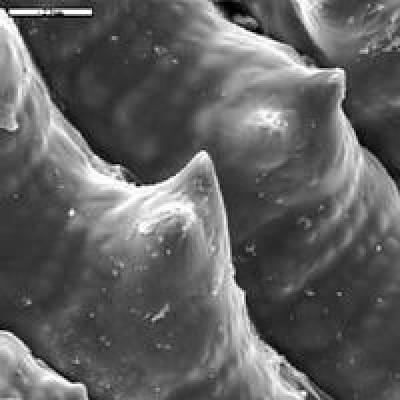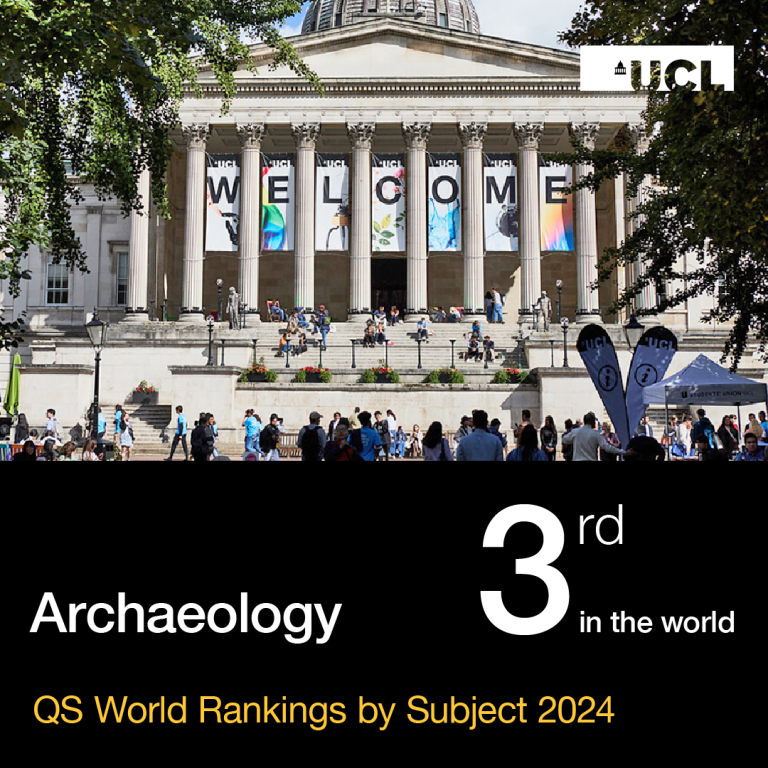This module focuses on the practical hands-on aspects of sorting, identifying, quantifying and reporting archaeobotanical macro-remains, with primary emphasis on seeds.

The teaching hours of this module will be held as a one week, 40-hour, intensive short course in Reading Week of Term II. This short course in archaeobotanical seed identification is also open to continuing education students. For MSc/ MA students written work and the exam are due in Term III. Nevertheless, intention to take this module should be indicated to coordinator well in advance (i.e. during Term I).
The module will train students to prepare basic descriptive archaeobotanical reports. Identification training will focus in most detail on the identification of major Old World seed crops (including Near East/European as well as some South/East Asian and African taxa).
It will provide basic tools for identification that can be applied to the identification of other taxa. It is expected that students pursuing this module will also take a theory seminar, chosen from amongst the 3 half-unit core modules for the MSc in Environmental Archaeology.
Aims of the module
This module focuses on the practical hands-on aspects of sorting, identification, quantification and reporting of archaeobotanical macro-remains, with a primary emphasis on seeds, including sessions on economic plant categories (such as oil seeds or cereals) and on systematic groupings (focusing on key families and orders, such as those that recur as arable weeds in the Old World). There will also be introductions to wood charcoal, parenchyma tissue and phytoliths, at a general plant anatomical level.
The module should prepare students to produce basic descriptive archaeobotanical reports based on macro-remains (seed) assemblages. Identification will focus in most detail on major Old World seed crops (including Near Eastern/European as well as South/East Asian and African taxa). The module will provide basic tools for identification that can be applied to other taxa, and students will be continually challenged to identify modern, artificially charred, and archaeological specimens. The main aim is for students to leave being able to sort archaeobotanical samples and effectively make identifications of their material.
Teaching Methods
Sessions normally begin with an identification quiz (which is NOT marked, but preparatory for the research life of an archaeobotanist, and for the final practical exam), this is then followed by an introduction to the material for the current session, after which students pursue their own observations, note-taking and diagram drawing, asking questions as pertinent. Further time spent drawing and observing is expected to be carried out during the rest of the following week. Additional time in the laboratory may be needed outside of class for individual study of material and drawing, as well as for assigned reading.
Module information
- Code: ARCL0096
- Credits: 15
- Coordinator: Dorian Fuller
- Handbook: open>>
For registered students
- Reading list: open»
Availability
- Running in 2023-24
 Close
Close


